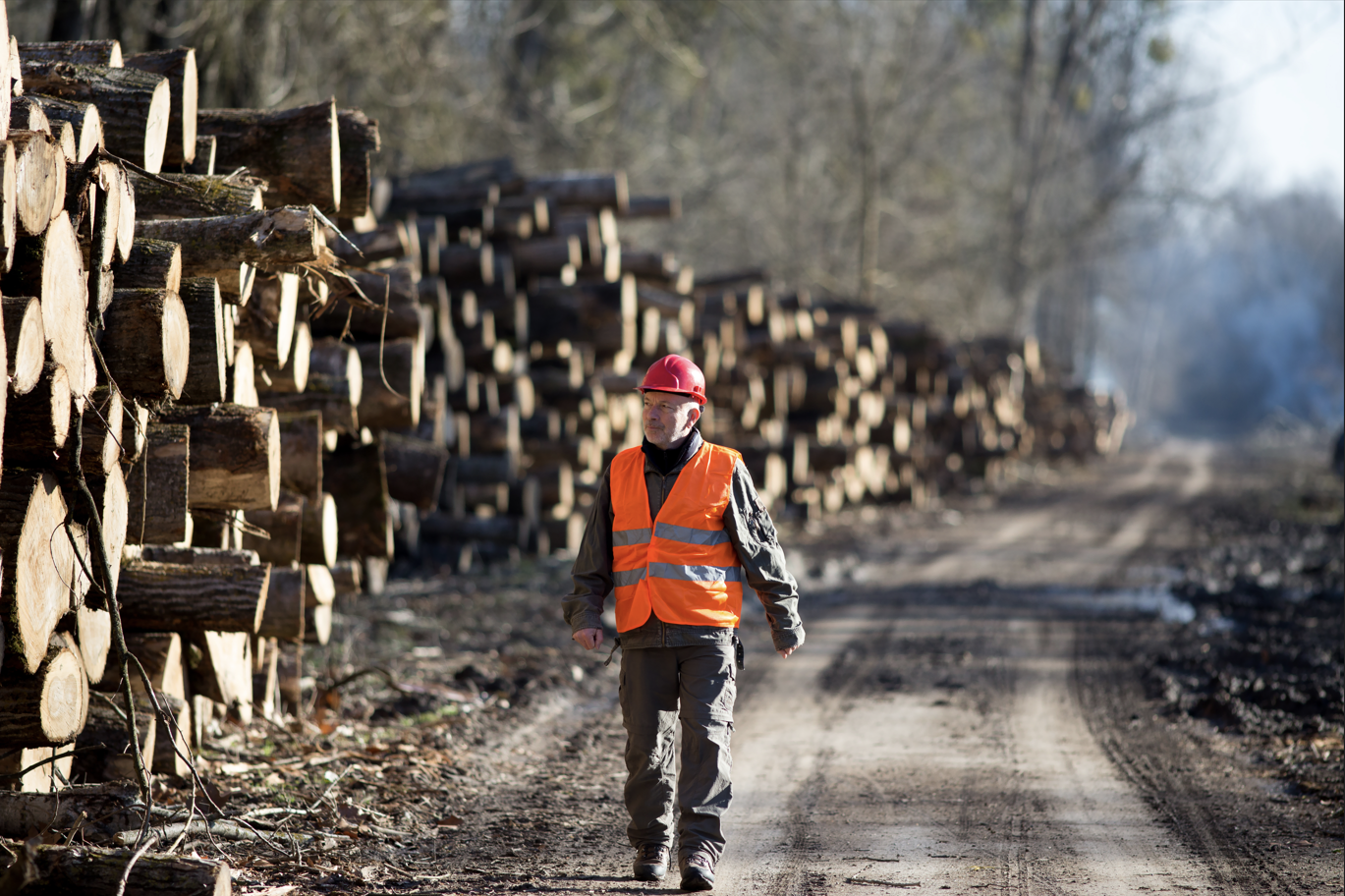Forest Products Association of Canada (FPAC) welcomes the release of the Canada Green Buildings Strategy (CGBS), recognizing it as a positive step towards a sustainable future for Canada’s built environment.
While the strategy makes commendable strides, FPAC identifies several areas where further focus and clarity could enhance its effectiveness.
Recognition of Wood Products and Biomass Energy
FPAC appreciates the CGBS’s acknowledgment of wood as a low-carbon building material and recognition of the importance of Natural Resources Canada Programs like GCWood and the Investments in Forest Industry Transformation (IFIT).
FPAC sees an opportunity for the federal government to place greater emphasis on the potential benefits of biomass energy, especially in rural and remote communities where electrification will be more challenging. We have an opportunity to do more with abundant forest and agricultural biomass resources to provide reliable heat and power, support local agriculture and forestry economies, and reduce carbon emissions.
Areas for Improvement
FPAC notes the strategy's balanced approach but sees room for improvement in several areas, including:
• Biomass Policy Clarity: Greater policy direction from Treasury Board’s Centre for Greening Government on biomass utilization is needed to fully leverage its potential in decarbonizing buildings and communities.
• Mass Timber in Building Codes: More significant steps to integrate mass timber into building codes could drive innovation and sustainability in construction.
• Highlighting Wood’s Benefits: Wood’s climate resilience and safety properties warrant more attention to showcase its full benefits in building applications.
“FPAC welcomes the Canada Green Buildings Strategy but views it as just one step,” said FPAC President and CEO Derek Nighbor. “Our challenge to the federal government is to more clearly recognize the unique nature of reducing the carbon footprint of rural and northern infrastructure and communities. A dedicated northern and rural lens to consider the full potential of wood and biomass solutions and to support these regional economies is a must for Canada’s forestry communities,” Nighbor added.
FPAC provides a voice for Canada’s wood, pulp, and paper producers nationally and internationally in government, trade, and environmental affairs. As an industry with annual revenues exceeding $73B, Canada’s forest products sector is one of the country’s largest employers operating in over 600 communities, providing 225,000 direct jobs, and over 600,000 indirect jobs across the country. Our members are committed to collaborating with Indigenous leaders, government bodies, and other key stakeholders to develop a cross-Canada action plan aimed at advancing forest health, while supporting workers, communities and our environment for the long term.










.jpeg)

